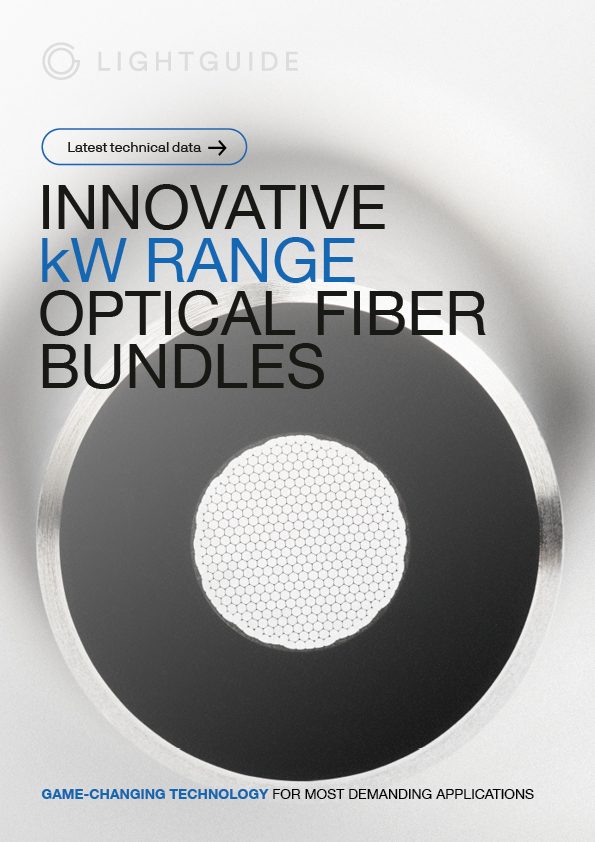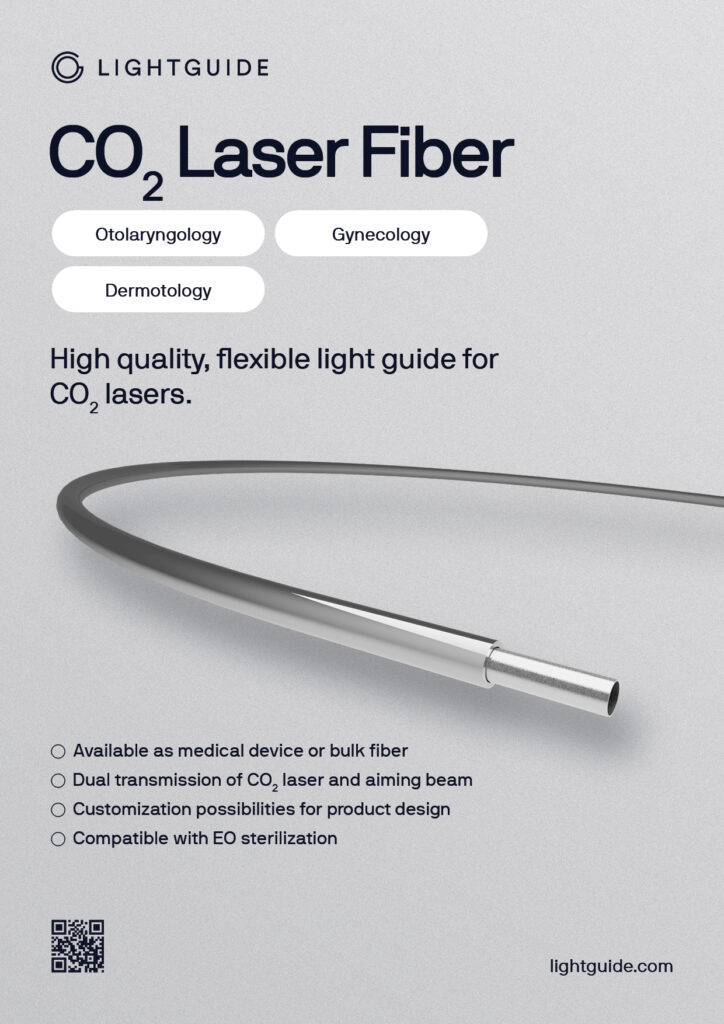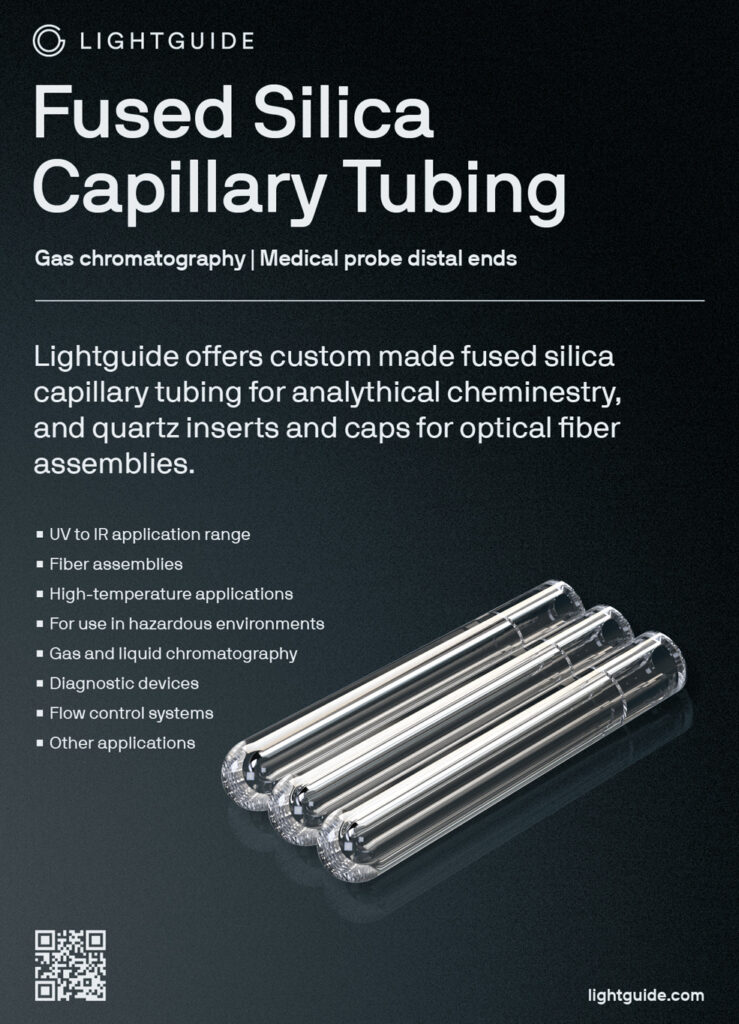Innovation
Faisceaux de fibres nouvelle génération
Cette brochure présente des images schématiques avec des photos d’assemblages réels et des diagrammes de profil d’indice de réfraction. Les résultats de la recherche sur les différentes technologies de traitement final sont reflétés. Les données sont compilées dans un graphique représentant les changements de transmission en fonction de l’ouverture numérique (O.N.) à laquelle la lumière est couplée à l’extrémité du faisceau.
Les différentes technologies de traitement des faisceaux de fibres sont détaillées :
Faisceaux à extrémités collées (GB)
Faisceaux à extrémités hexagonales fusionnées (HFB)
Faisceaux fusionnés avec gaine (CFB)
Faisceaux fusionnés avec monolithe (MFB)
La technologie CFB innovante offre de nombreux avantages pour les applications finales à haute puissance, avec une O.N. élevée et une extrémité non circulaire.
La brochure ci-dessus présente la fibre à âme creuse AgI/Ag pour une longueur d’onde de 10,6 µm destinée à des applications médicales et industrielles. La technologie pour la production de masse de la nouvelle fibre a été développée dans les locaux de Lightguide et nous recevons de plus en plus de commentaires positifs sur ce matériau de la part des acteurs du marché.
Lightguide fournit des capillaires de précision personnalisés avec des gaines en polyamide pour le matériel d’analyse.



